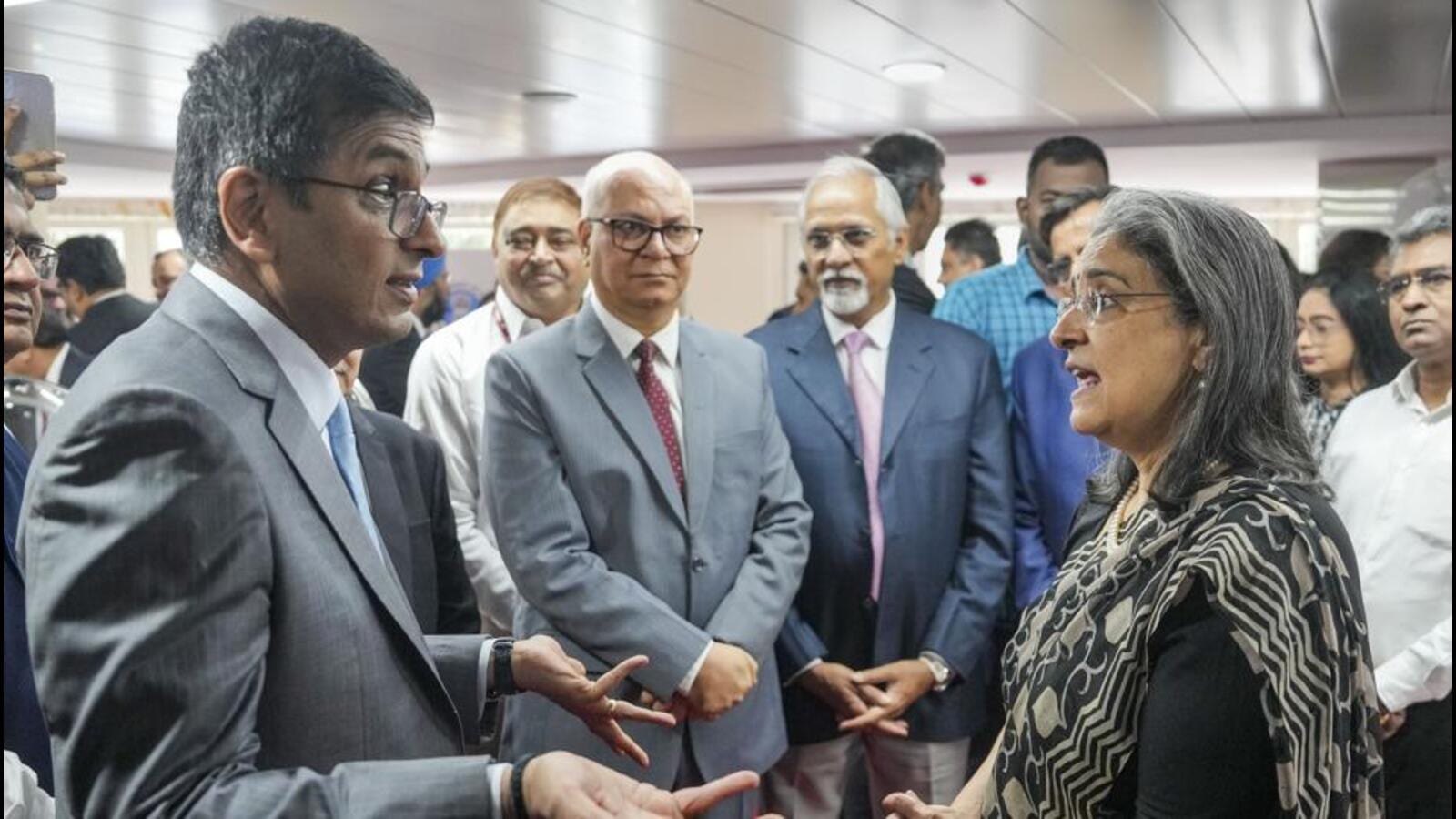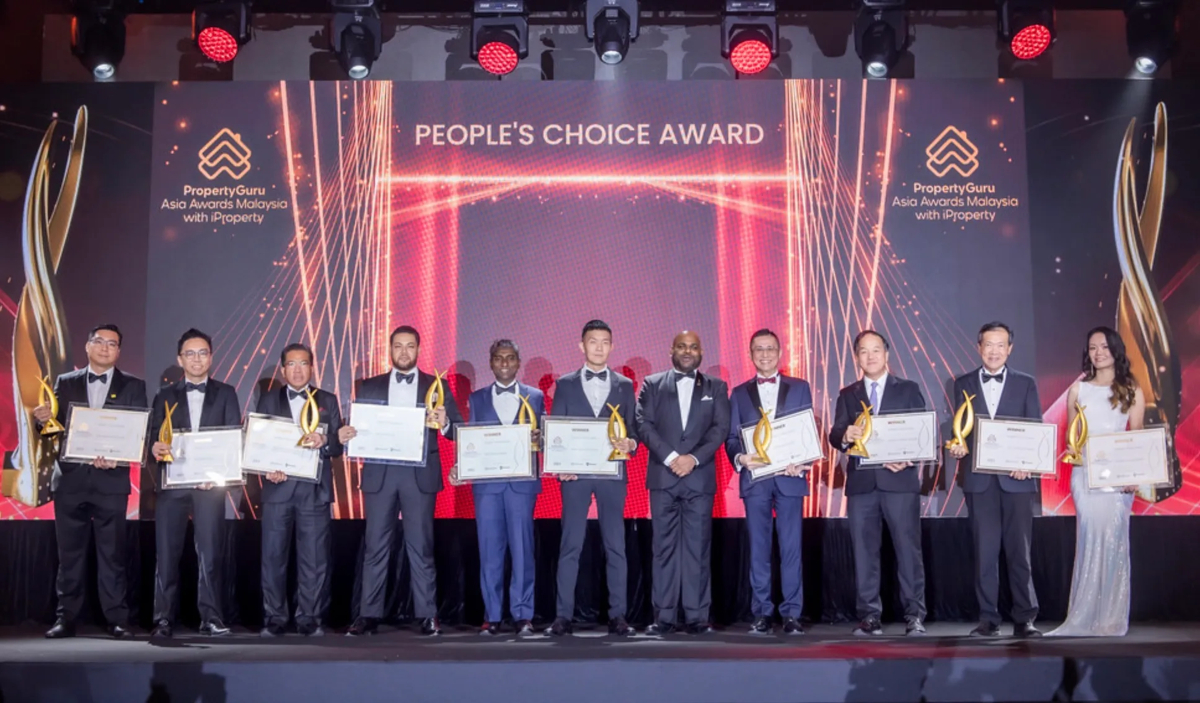materials are commonly used in custom pcb
Custom printed circuit boards (PCBs) are integral components in modern electronic devices, facilitating connectivity and functionality. The choice of materials used in custom PCB manufacturing plays a crucial role in determining the performance, reliability, and cost-effectiveness of the final product. Several materials are commonly used in custom PCB fabrication, each offering unique properties and advantages for different applications.
One of the most widely used materials in custom PCB manufacturing is FR-4, a flame-retardant epoxy laminate. FR-4 is a type of fiberglass-reinforced substrate that provides excellent electrical insulation properties, mechanical strength, and dimensional stability. It is well-suited for a wide range of electronic applications, including consumer electronics, telecommunications, and industrial control systems. FR-4 PCBs offer good thermal performance, ease of fabrication, and cost-effectiveness, making them a popular choice for many custom PCB projects.
Another common material used in custom pcb manufacturing is aluminum. Aluminum PCBs feature a thin layer of aluminum substrate instead of the traditional fiberglass-reinforced epoxy laminate. Aluminum offers superior thermal conductivity compared to FR-4, making it an ideal choice for applications requiring efficient heat dissipation, such as LED lighting, power electronics, and automotive electronics. Aluminum PCBs are lightweight, durable, and capable of handling high-power densities, making them suitable for demanding thermal management applications.

What materials are commonly used in custom pcb?
Ceramic materials are also commonly used in custom PCB manufacturing, particularly for high-frequency and high-temperature applications. Ceramic substrates offer excellent electrical properties, thermal stability, and mechanical strength, making them well-suited for RF/microwave circuits, power amplifiers, and aerospace electronics. Ceramic PCBs provide low dielectric loss, high thermal conductivity, and superior performance at elevated temperatures, making them an ideal choice for applications requiring reliability and performance in harsh environments.
Polyimide is another popular material used in custom PCB manufacturing, especially for flexible and rigid-flex PCBs. Polyimide substrates offer exceptional flexibility, chemical resistance, and thermal stability, making them suitable for applications requiring mechanical flexibility or operation in extreme conditions. Polyimide PCBs are commonly used in wearable devices, medical electronics, and aerospace applications where space constraints or environmental factors necessitate flexible or conformal PCB designs.
Additionally, Rogers Corporation’s high-frequency laminates are widely used in custom PCB manufacturing for RF/microwave applications. Rogers laminates offer excellent electrical properties, low dielectric loss, and stable performance over a wide frequency range, making them ideal for high-frequency signal transmission and RF/microwave circuitry. Rogers materials come in various formulations optimized for specific frequency bands and applications, providing designers with flexibility and performance options to meet their design requirements.
Other specialty materials used in custom PCB manufacturing include flexible solder masks, metal core substrates, and hybrid materials combining different properties for specific applications. Flexible solder masks enable the creation of flexible PCBs with enhanced durability and solderability. Metal core substrates, such as aluminum or copper-clad laminates, offer superior thermal conductivity and heat dissipation capabilities for power electronics applications. Hybrid materials combine the benefits of different substrate materials, such as combining FR-4 with ceramic fillers for enhanced thermal performance or incorporating metal layers for improved electromagnetic shielding.
In conclusion, custom PCB manufacturing relies on a variety of materials chosen based on the specific requirements of the application. From traditional materials like FR-4 to advanced substrates like aluminum, ceramic, polyimide, and specialty laminates, each material offers unique properties and advantages tailored to different electronic applications. By selecting the right material for the job, PCB designers can optimize performance, reliability, and cost-effectiveness, ensuring the success of their custom PCB projects.








